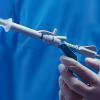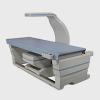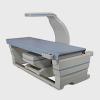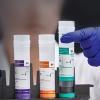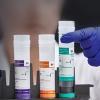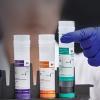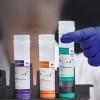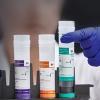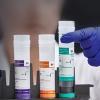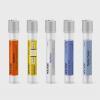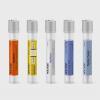Minimally Invasive Non-Operative Breast Cancer Interventions

Breast cancer continues to be an extremely dynamic medical field, with new treatments investigated and research published on an ongoing basis. When it comes to lesions, there continues to be an evolution in the way that these are addressed.
In previous years, non-operative techniques such as cryoablation were initially used for patients not suitable for surgery or for the purpose of debulking inoperable tumors.1 However, as technology develops further, the settings and situations in which these techniques are used are being re-evaluated, particularly in the context of patient preference for non-surgical interventions.2
Non-Operative Treatment Options Increasing
Given the need to evaluate the effectiveness of each method, guidelines are conservative when it comes to ablative techniques. However, the European guidelines for uncertain malignant potential lesions (B3 lesions) note that the management of these type lesions has changed dramatically in recent years.3 While in the past these would have been treated with surgical excision, improvements in imaging techniques and image-guided interventions, now including vacuum-assisted percutaneous excision (VAE), may allow women to avoid surgery.3 This demonstrates an increasing confidence in the effectiveness of alternative methods of treating lesions and that healthcare professionals are looking beyond the previous held view that surgery is always the best route.
The Challenges in Introducing New Techniques
Although the performance of imaging systems has improved and the evidence base for using non-operative techniques is growing, surgical excision remains the gold standard.4 For years, surgery has been considered the safest method for lesions of uncertain malignancy;3 any wholesale change to protocols will require robust evidence. It may be several years until the burden of proof has been established to give sufficient confidence for certain non-operative techniques to be recommended and reimbursed.
In addition, there has been growing concern about a global shortage of radiologists.5 Given that radiologists are instrumental in performing non-operative techniques, this could arguably mean a further pressure on healthcare systems, when radiologists are already scarce. The expertise required to perform these intricate techniques is also significant, due to the high complexity, a steep learning curve, and a demand for fine motor skills.
What Can Be Done to Help Accelerate Adoption
Safety and reducing the chance of recurrence is paramount. In order to increase confidence and establish the safety of minimally invasive non-operative techniques, the onus is on everyone involved in this field to help build the evidence base and look for ways to facilitate any required infrastructure changes, whether through market access initiatives or modelling.
Furthermore, shared decision making with patients is a cornerstone in the treatment pathway in breast cancer, which is why being able to explain new techniques and the advantages and disadvantages of each approach is key. The industry and patient organisations can play an important role in education, helping both patients and healthcare professionals to communicate clearly with each other.
What is absolutely clear is that we all have a part to play in accelerating non-operative techniques, breast cancer is a life-changing disease and the more options people have to tackle it, the better.
Pusceddu C, Paliogiannis P, Nigri G et al. Cryoablation In The Management Of Breast Cancer: Evidence To Date. Breast Cancer (Dove Med Press). 2019;11:283-292.
Shibamoto Y, Takano S. Non-Surgical Definitive Treatment for Operable Breast Cancer: Current Status and Future Prospects. Cancers (Basel). 2023; 20;15(6):1864.
Rubio IT, Wyld L, Marotti L, Athanasiou A, Regitnig P, Catanuto G et al. European guidelines for the diagnosis, treatment and follow-up of breast lesions with uncertain malignant potential (B3 lesions) developed jointly by EUSOMA, EUSOBI, ESP (BWG) and ESSO. European Journal of Surgical Oncology 2024;50:107292
Yoo HS, Kang WS, Pyo JS et al. Efficacy and Safety of Vacuum-Assisted Excision for Benign Breast Mass Lesion: A Meta-Analysis. Medicina (Kaunas). 2021;17;57(11):1260.
Radiological Society of North America. [Internet]. Radiology Facing a Global Shortage. [Cited 2022, May]. Available from https://www.rsna.org/news/2022/may/global-radiologist-shortage




